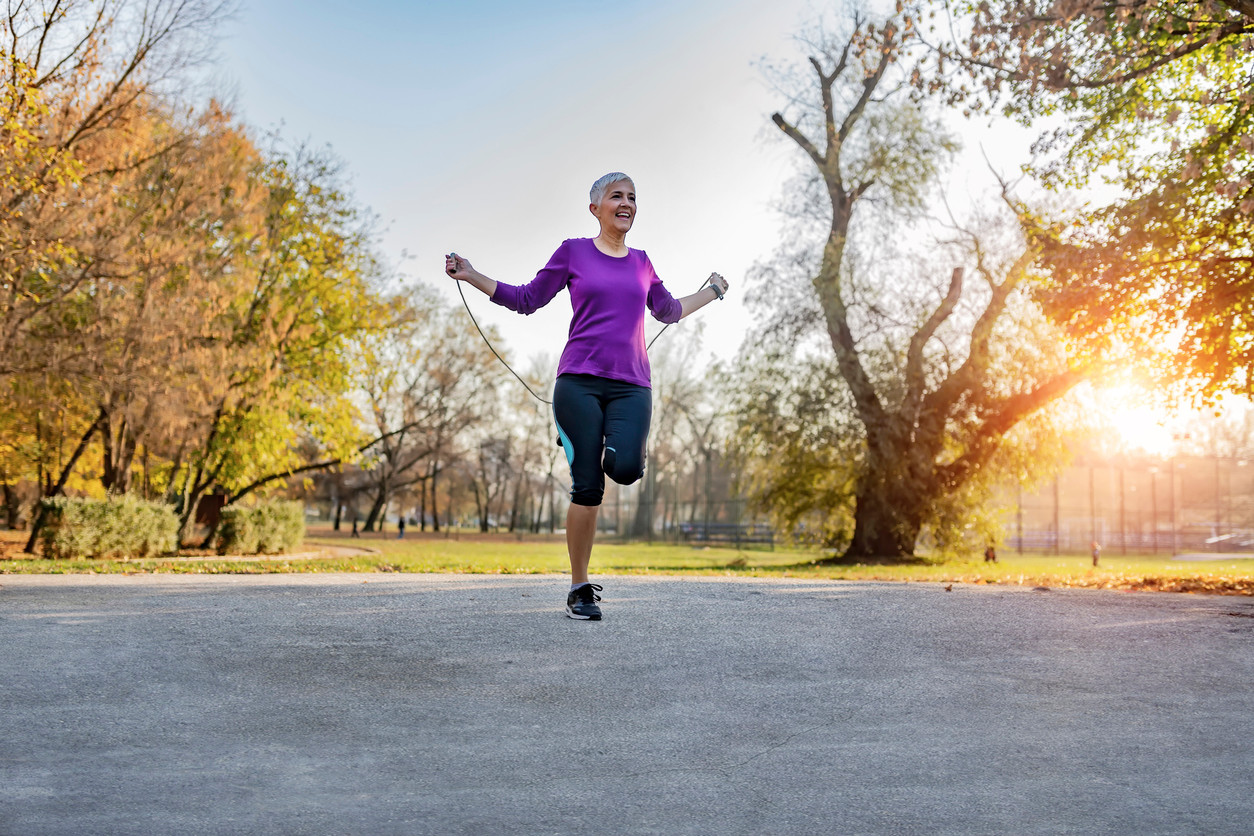The best exercises to improve coordination, according to physical therapists
Coordination is about much more than being athletic. Learn about the benefits of coordination exercises and simple ways to boost coordination.
0 $ pour vous
Dernière mise à jour : May 7, 2025
